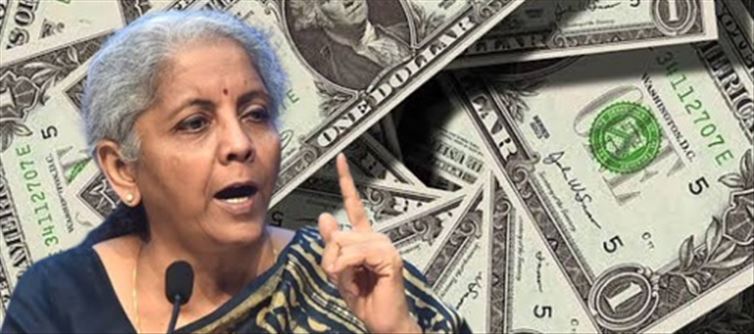
This imbalance creates a low demand for the Rupee internationally, weakening its value. Additionally, many indian businesses, especially larger conglomerates, focus on the domestic market rather than expanding exports, further limiting foreign currency inflows. While protectionist regulations provide a safety net for these businesses locally, they inadvertently stifle competitiveness on the global stage, limiting India’s capacity to bolster its currency through export-driven growth.
The depreciation of the Rupee has a ripple effect on inflation and, subsequently, on the economy at large. As the currency weakens, imports become more expensive, directly impacting the cost of essential goods like oil, machinery, and even food items. This escalation in import costs fuels inflation, reducing purchasing power and putting immense pressure on the middle and lower-income classes.
Compounding the issue, many salaries do not rise in proportion to inflation rates, resulting in a real income decline and effectively pushing a larger segment of the workforce toward economic hardship. As inflation rises, consumer spending may decrease, leading to slower growth, a reduction in job creation, and potentially stagnating the economy. The effects are particularly severe in developing economies like india, where inflation and unemployment risks have broader social and economic repercussions.
Addressing this situation requires both fiscal prudence and policies aimed at sustainable, export-driven growth. Reducing dependence on subsidies and freebies, while necessary to support vulnerable populations, can help to allocate resources toward more productive investments, such as infrastructure, technology, and manufacturing capabilities that bolster exports. By creating a more globally competitive environment, india could increase foreign investments and currency inflows. Additionally, a targeted approach to attract Foreign Institutional Investments (FIIs) and a reduction in excessive taxation could make india a more attractive investment destination in the global marketplace. Ultimately, India’s long-term economic stability will depend on balancing domestic needs with strategies that integrate the country more effectively into the global economy, thus reducing the Rupee’s volatility and fostering sustainable growth.




 click and follow Indiaherald WhatsApp channel
click and follow Indiaherald WhatsApp channel